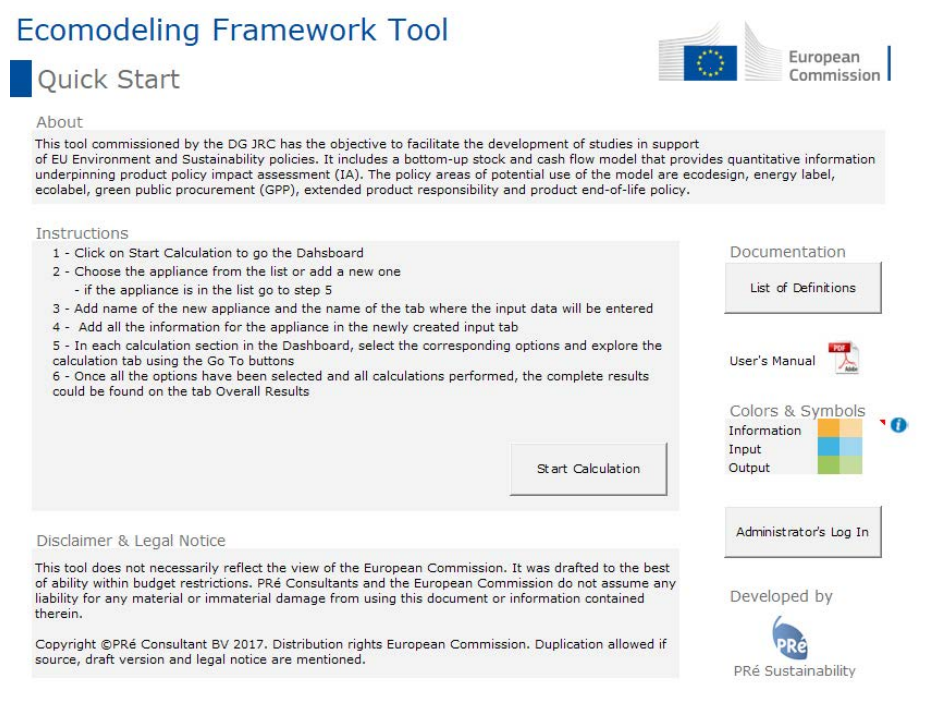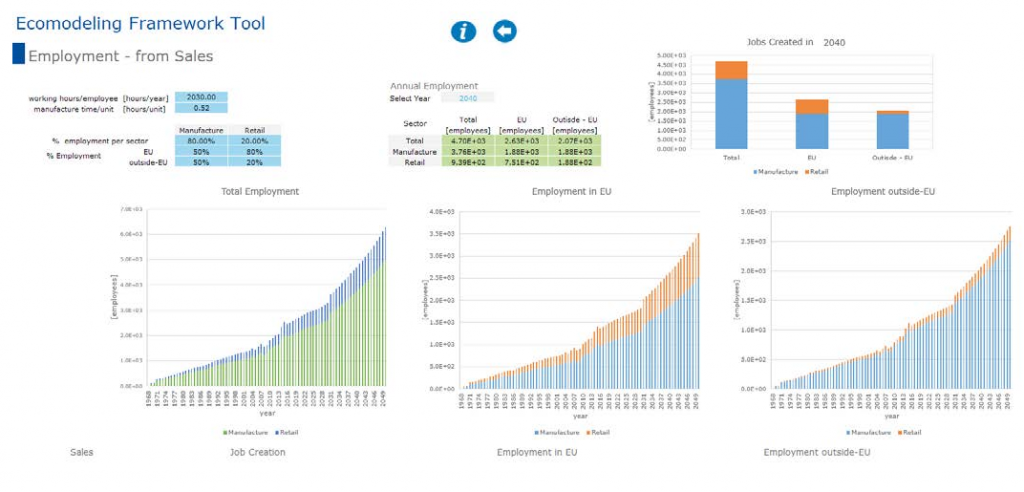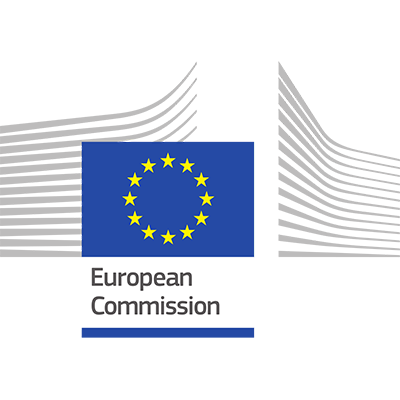The European Commission’s Ecomodelling Framework Tool
Many instruments and models are used by the Directorate for Growth and Innovation of the European Commission's Joint Research Centre (DG JRC) for policy making of energy-related products. Now, the Ecomodelling Framework Tool combines those models into a single tool.
About
The Directorate for Growth and Innovation of the European Commission’s Joint Research Centre (DG JRC) has the mission to provide techno-economic analyses in support of the EU policy-making process. Its prime objectives are to monitor and analyze science and technology developments, their cross-sector impact, their interrelationship with the socio-economic context, and their implications for future policy development.
As part of the DG JRC, the Circular Economy & Industrial Leadership Unit has developed several instruments and models to support EU policy-making, and thus provide objective and quality-controlled socio-economic analyses of selected technologies, such as energy-related products (e.g. domestic appliances).
Challenge
A recent project had the objective to integrate these models and instruments and create the Ecomodelling Framework Tool. The main challenge of this task was combining complex models in a user-friendly tool with three goals:
- To provide key information regarding sustainable consumption,
- To perform economic and impact assessments,
- To carry out techno-economic characterizations.
Solution
PRé contributed to the development of a standalone tool which integrates bottom-up stock and cash-flow models to perform calculations of energy-related products. The calculations can be performed per unit or at EU level. The unit-level calculations allow users to understand the performance of a single product and obtain information about the product lifetime, consumption and cost breakdown, life cycle costing and life cycle impacts. The results can also be translated to the macro-level (EU) using the market data, allowing users to obtain economic or environmental impacts for the complete region.
DG JRC uses these results to evaluate the impact of potential policies on consumers and industry, and on macroeconomic variables such as employment or consumption as well as on the environment. The potential areas of application of the tool are policies for eco-design, energy labels, ecolabels, green public procurement (GPP), extended product responsibility and product end-of-life.
Moreover, the results will be available to consumers, manufacturers and other agents in the supply chain. It will help them to make informed decisions, knowing the economic and environmental performances of products and having information about the past and future trends of different technologies.
Calculations are done for:
- A time span of more than 80 years (from 1968 to 2050), to obtain past and future trends,
- Different classes (up to 12) with the option to adapt the classification types to the studied product, for example its energy class,
- Four different scenarios, including business-as-usual and three comparative scenarios,
- Product lifetime modelling, using breakdown and survival probability parameters, which allows users to assess the durability of an appliance product,
- Annual forecast for stocks, sales and resource consumption (e.g. energy and water) per unit and at EU level,
- Life cycle costing (Unit and EU),
- Industry impact analysis (industry net present value and manufacture production costs),
- Environmental life cycle impacts and external cost assessment.
In addition, the tool features:
- A dashboard to customize the calculation options centrally and make the tool navigation easier,
- An input tab for easy data collection,
- A comprehensive output tab detailing topics of interest (see example of sales evolution below).


Benefits
As a result of this collaboration, the Ecomodelling Framework Tool main features are:
- Standardization of data collection, modelling and put forward to policy makers through the whole DG JRC team,
- User friendly environment which allows to follow the calculation step-by-step, navigate between calculation tabs and centrally store the calculation settings. The dashboard makes it easy for any type of user to understand the calculations as the tool includes many help aids and information pop-ups,
- Integration of models in a single tool for economic and environmental impacts at the unit and EU level.
Contact the expert
Elsa Valencia
LCA Data Expert
